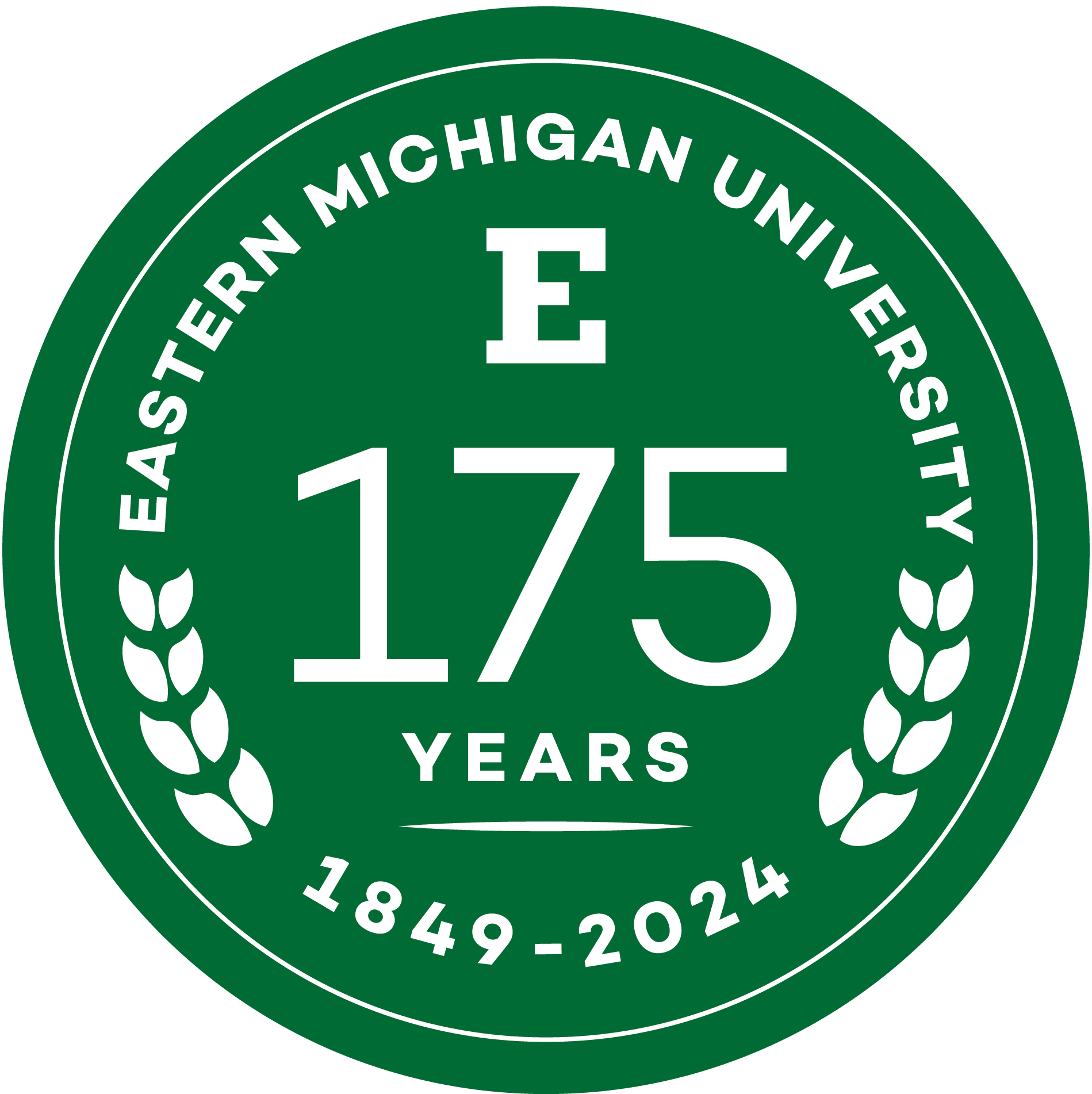Eastern Michigan University grants sabbatical leave awards for 2024-25 academic year

YPSILANTI — Eastern Michigan University has approved sabbatical leaves for a distinguished group of faculty members for the 2024-25 academic year. The sabbaticals will enable faculty to engage in advanced study and research on topics such as curricula development for electric and autonomous vehicles, employee turnover in the hospitality industry, and the behavioral patterns of tarantulas in Colorado. The sabbaticals were approved by the University’s Board of Regents on June 20.
Sabbatical leaves are offered as one semester at full pay or two semesters at half pay. They are intended for special study, research, writing, and/or other projects that enrich the activities of individual faculty members, bring prestige to the individual and the University, or provide service of a significant nature for local, state, national, or international organizations.
Faculty members granted two-semester sabbatical leaves can receive up to $12,000 in research support if requested and approved. The University Research and Sabbatical Leave Committee reviews the sabbatical leave proposals and makes recommendations to the provost and executive vice president of Academic and Student Affairs.
For the 2024-2025 academic year, EMU will award 25 one-semester and eight two-semester sabbatical leaves. The following is the list of award recipients and their areas of study:
One-semester leaves
Eric Acton, English Language and Literature. “Co-Authoring the Core Chapters of a Book on Social Meaning.”
Amanda Allen, English Language and Literature. “The Cold War Era and Now: Young Adult Literature as Ideological Battleground.”
Steven Backues, Chemistry. “Building my Computational Capacity for Autophagy Research.”
Martha Baiyee, Teacher Education. “What/Something is Missing? Developing a Homegrown Program to Support Faculty, University Student Teaching Supervisors, Students, and Cooperating Teachers in Implementing the Educative Teacher Performance Assessment (edTPA).”
Ashley Bavery, History and Philosophy. “Making the American Mosque: Muslims, Refugees, and Race in Twentieth-Century America.”
Julie Becker, Visual and Built Environments. “Program and Professional Development Through Utilizing Quilting and Embroidery Software and Equipment.”
Robert Carpenter, Teacher Education. “Privatization of a Public Good: Private Capital’s Role in Higher Education.”
Ali Eydgahi, Engineering. “Research and Curricula Development in Electric and Autonomous Cars.”
María Luz García, Sociology, Anthropology and Criminology. “Linguistic and Cultural Strategies of Maya Immigrant Communities in the U.S. Midwest: A Collaborative Analysis.”
Suzanne Gray, University Library. “Investigating Your Future: Developing a First Year Student Seminar Examining Wellness and Career Planning through an Information Literacy Lens.”
Ana Claudia Harten, special education and communication sciences and disorders. “The Impact of Surgical Repair on Speech Characteristics in Children Born with Cleft Palate.”
Jeromy Hopgood, Communication, Media and Theatre Arts. “Moby Dick and Beyond: Applied Projects in Projection Design.”
Khairul Islam, Mathematics and Statistics. “Modeling Activity Related Interaction and Adult Americans Well-being Using Survey Data.”
Sun Hae Jang, Health Promotion and Human Performance. “Development of a Textbook, Titled ‘Comprehensive Orthotic Management of Idiopathic Scoliosis: A 3D Approach.’”
Giri Jogaratnam, Technology and Professional Services Management. “Employee Turnover in the Hospitality Industry: A Comparison of Managerial and Employee Perceptions Across the Five Living Generations.”
Tareq Khan, Engineering. “Development of a Novel Smart Door Display Device Connected with the Internet of Things.”
Ethan Lowenstein, Teacher Education. “Leading, Teaching, and Learning in Place with Purpose.”
Christine Neufeld, English Language and Literature. “Mad Knights and Maimed Kings: Disability and Medieval Romance.”
Jodonnis Rodriguez, Accounting, Finance, and Information Systems. “Dynamic Intervention for Students At Risk of Stopping Out.”
Nick Romerhausen, Communication, Media and Theatre Arts. “The Impacts of Generative Artificial Intelligence on Student Learning in the Introductory Communication Course.”
Brian Sellers, Sociology, Anthropology and Criminology. “Atomic Nomads: A Cautionary Tale of Forced Migration, Environmental Injustice, and Cultural Disintegration in the South Pacific.”
Cara Shillington, Biology. “Following the Spiders: Tracking Behavior and Activity of Tarantulas in Colorado.”
Tom Suchan, Art and Design. “The Revolving Sutra Repository Cave of Mt. Bei and the Cult of the Canon in Medieval Chinese Buddhism.”
Guey-Meei Yang, Art and Design. “An Action Research: AI-Infused Course Design and Teaching.”
Mehmet Yaya, Economics. “Syrian Refugees in Turkey: Measurement of their Adaptation and Assimilation.”
Two-semester leaves
Mohammed Noraden Alsaleh, Information Security and Applied Computing. “Moving Target Defense in Microservice Platforms: Challenges and Applications.”
Howard Cass, Music and Dance. “Music Composition, Performance, and Recording of Eight Original World Music Works to be Published by Freeplay Music.”
Derrick Fries, Special Education and Communication Sciences and Disorders. “American School Shooter: Boys in Crisis.”
Rob Halpern, English Language and Literature. “Mute Opposable Evidence;’ Or, A Counter-Forensic Poetics for Abolition.”
Giri Jogaratnam, Technology and Professional Services Management. “Employee Turnover in the Hospitality Industry: A Comparison of Managerial and Employee Perceptions Across the Five Living Generations.”
William LaGore, Accounting, Finance and Information Systems. “Predicting Academic Achievement in a Master of Accounting Program: GMAT vs. Overall GPA vs. Accounting GPA – Which is Best?”
Roger Long, History and Philosophy. “Liaquat Ali Khan: Jinnah’s ‘Right Hand’ in the Creation of Pakistan, 1941-1947.”
Mehmet Yaya, Economics. “Syrian Refugees in Turkey: Measurement of their Adaptation and Assimilation.”
About Eastern Michigan University
Founded in 1849, Eastern is the second oldest public university in Michigan. It currently serves more than 13,000 students pursuing undergraduate, graduate, specialist, doctoral and certificate degrees in the arts, sciences and professions. In all, more than 300 majors, minors and concentrations are delivered through the University's Colleges of Arts and Sciences; Business; Education; Engineering and Technology; Health and Human Services; and its graduate school. National publications regularly recognize EMU for its excellence, diversity, and commitment to applied education. Visit the University’s rankings and points of pride websites to learn more. For more information about Eastern Michigan University, visit the University's website. To stay up to date on University news, activities and announcements, visit EMU Today.
June 20, 2024
Written by:
Melissa Thrasher
Media Contact:
Brittany Mobley
bmobley1@emich.edu
734-487-4402
More Stories
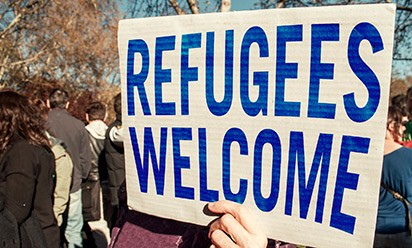
Eastern Michigan University becomes first university in the nation to host refugee students through Welcome Corps on Campus program.
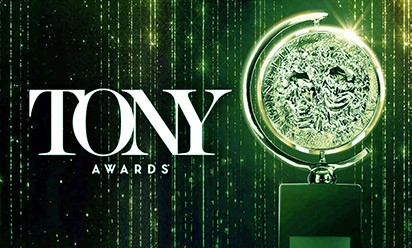
Two EMU alumni celebrate Tony Awards success; James Bolosh is a co-producer of Best Play awardee "Stereophonic," and Michael Page is the GM of the Lincoln Center.
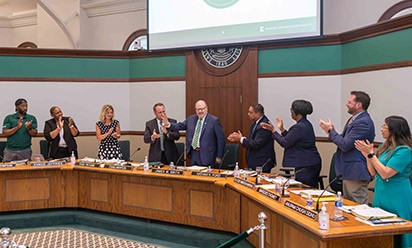
Eastern Michigan University President James Smith to step aside at the conclusion of his contract in June 30, 2026.
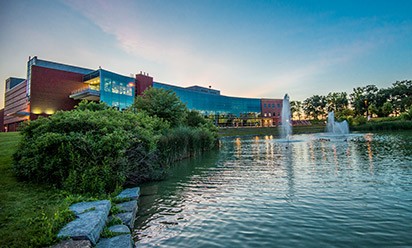
Eastern Michigan University Board of Regents approves $317 million General Fund Operating budget for 2024-25.

Eastern Michigan University to award special fellowships to 41 faculty members.

